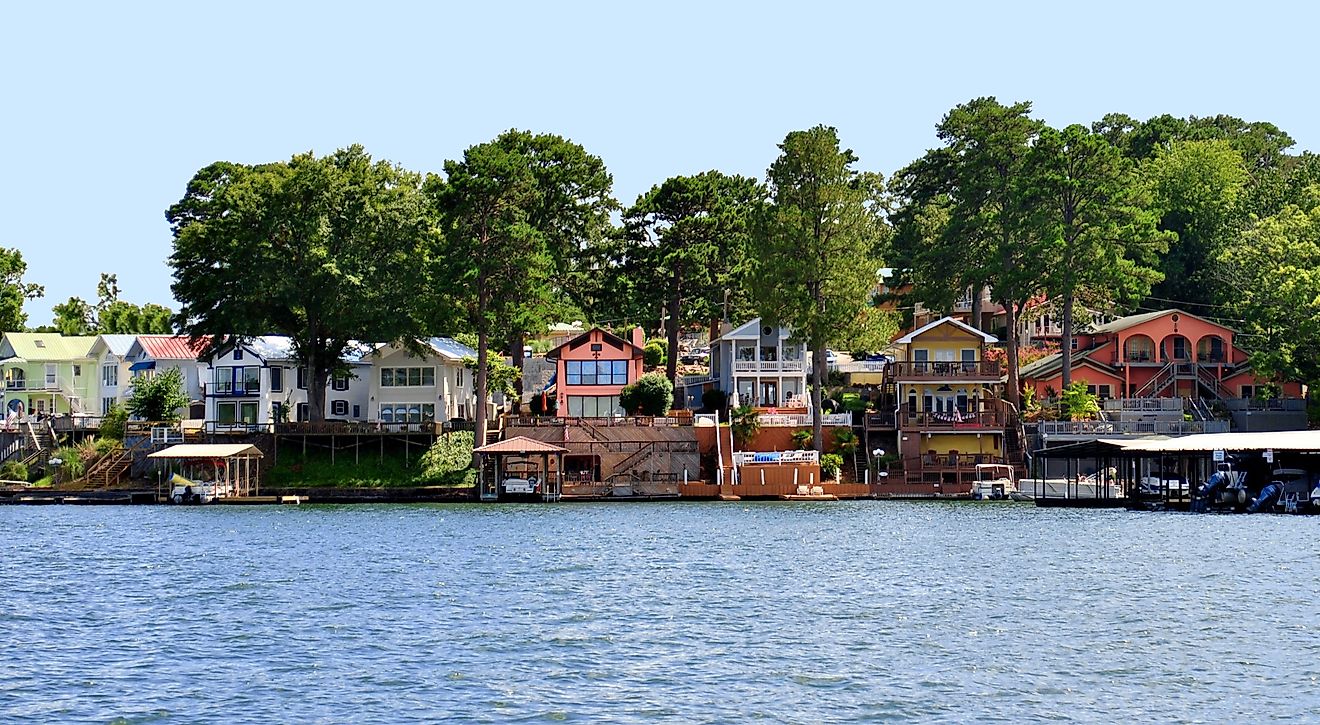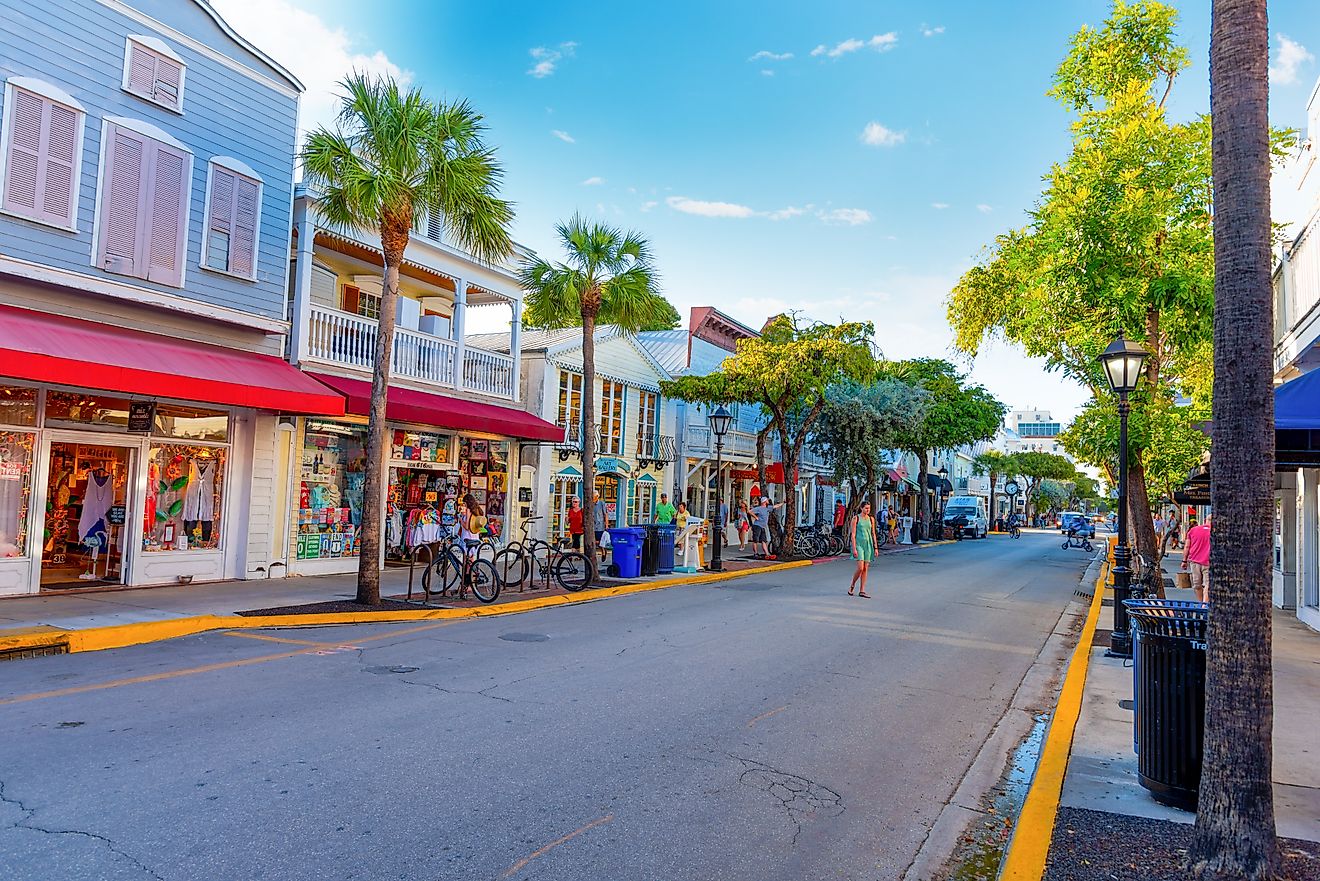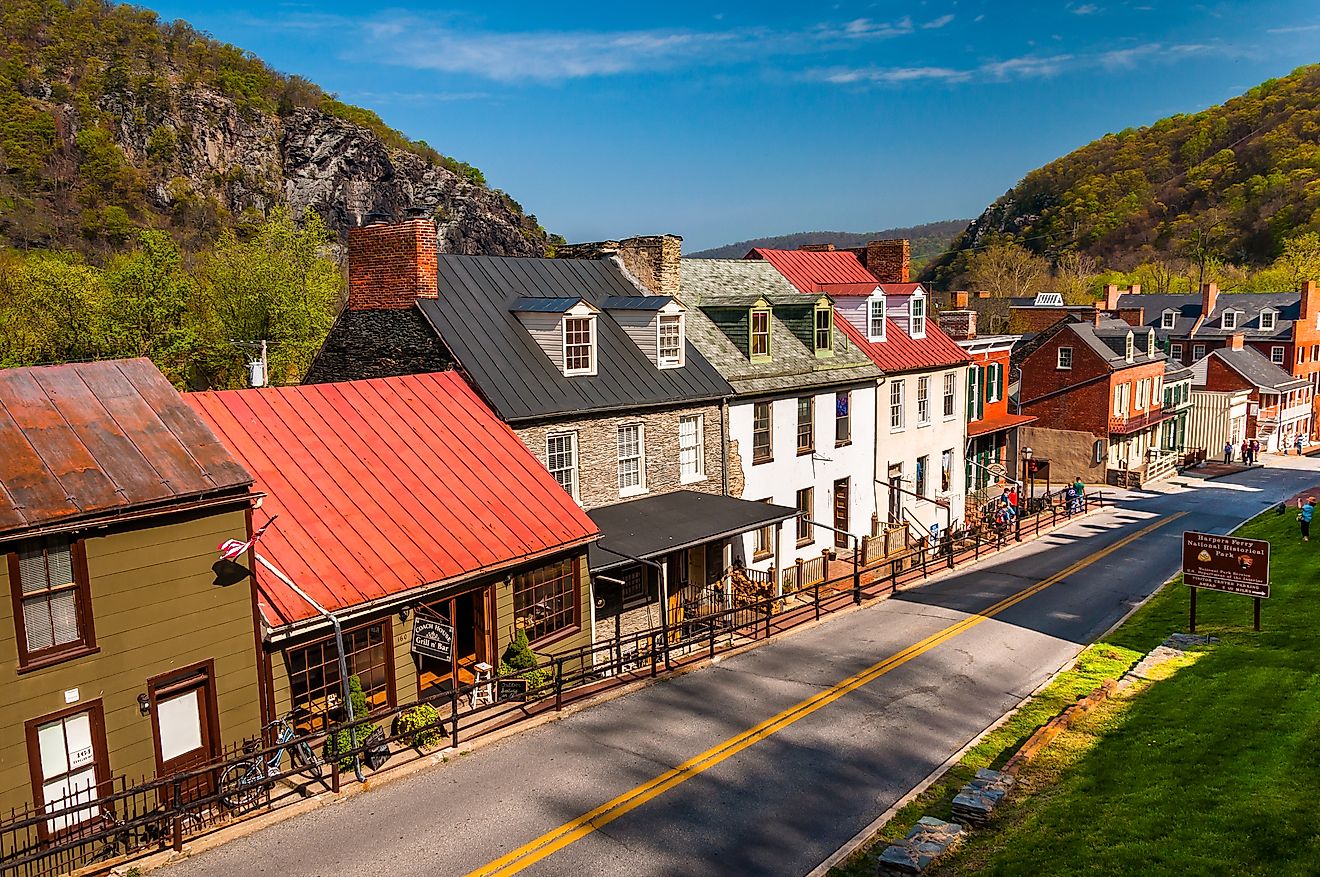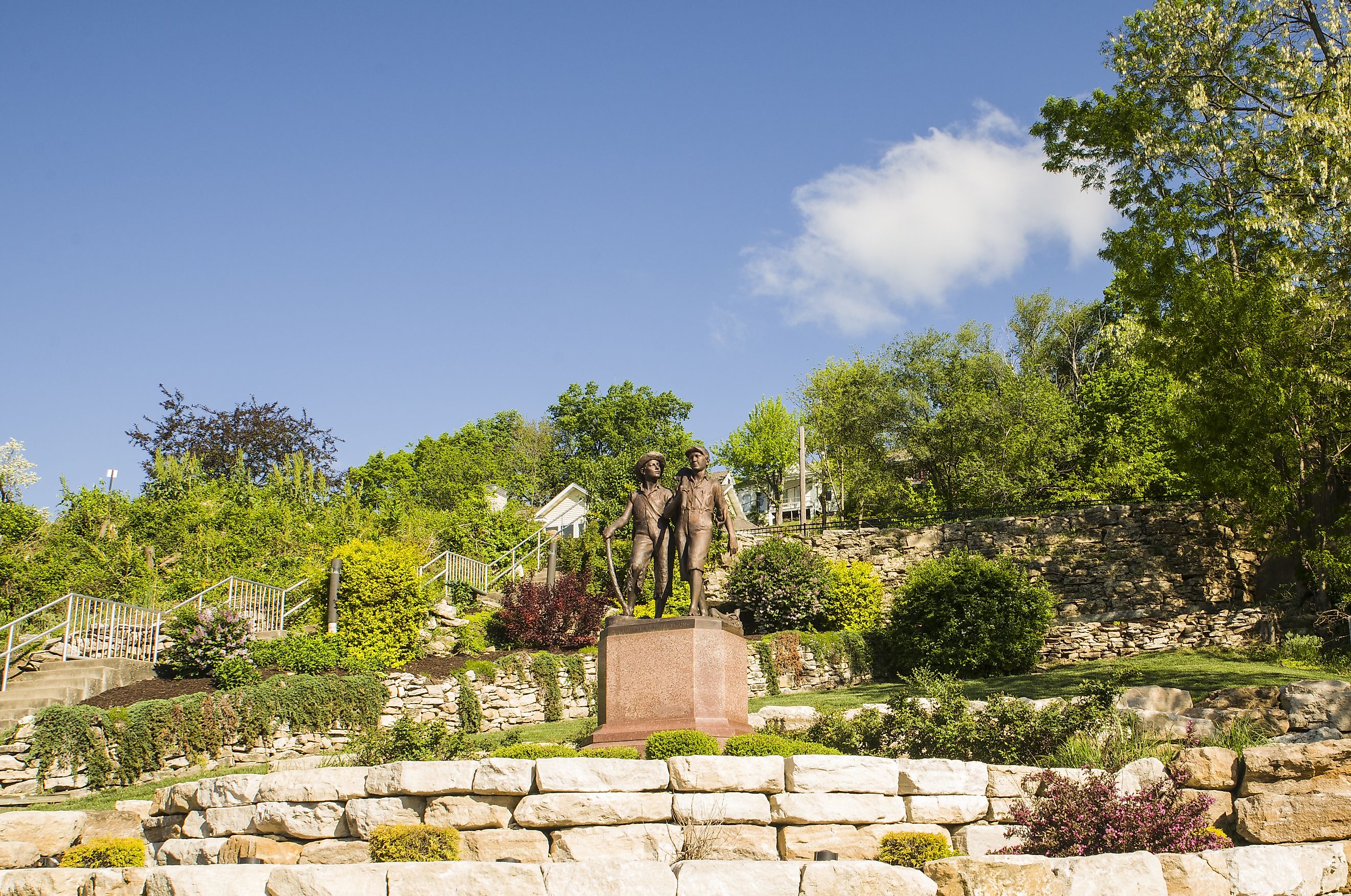
The Towns That Inspired Famous American Novels
America’s literary history is rich and diverse, filled with novels that have captured the imagination of readers worldwide. Behind these masterpieces, there are towns, cities, and regions that served as the inspiration for the settings, characters, and events that shaped the narratives. From small rural communities to bustling urban centers, the places where these novels were conceived provide a glimpse into the heart and soul of American culture and history.
Explore six towns that played a pivotal role in inspiring some of the most famous American novels. These locales not only influenced the stories themselves but also became destinations for literature lovers seeking to connect with the writers’ worlds.
Salem, Massachusetts – Nathaniel Hawthorne’s The Scarlet Letter
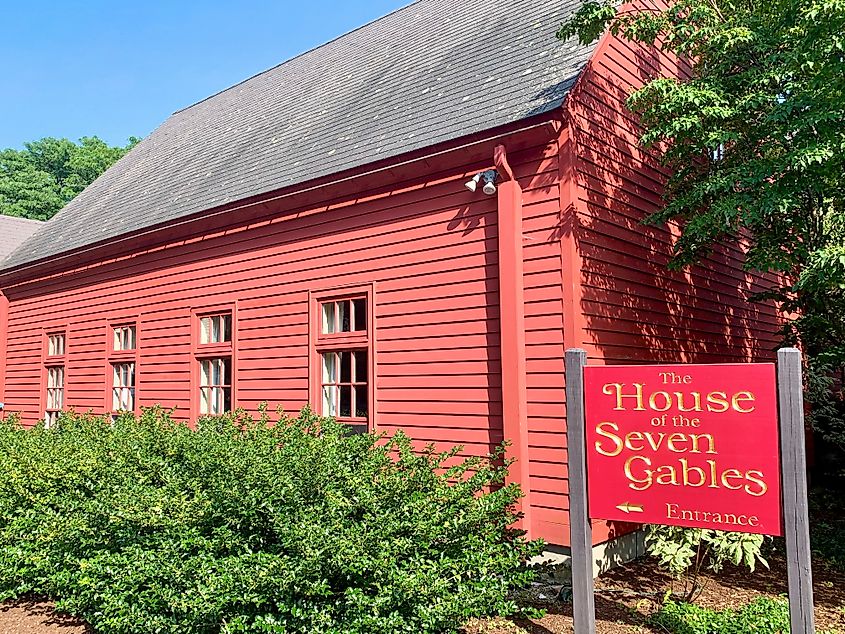
Salem, Massachusetts, is often synonymous with the infamous witch trials of the late 1600s, but it also played a significant role in the development of American literature. The town's eerie, historic atmosphere and its connections to sin, guilt, and morality are perfectly reflected in Nathaniel Hawthorne’s The Scarlet Letter (1850).
Hawthorne, a descendant of one of the judges involved in the witch trials, found himself grappling with themes of judgment, sin, and the human condition. These reflections would become central to The Scarlet Letter, a novel that explores the life of Hester Prynne, a woman condemned for committing adultery in Puritan New England.
The town of Salem is woven into the novel's fabric, with the oppressive weight of its Puritanical society setting the stage for Hester's public humiliation and eventual redemption. Visitors to Salem can walk along its historic streets, which still feature 17th-century buildings, and visit the Salem Witch Museum, the House of the Seven Gables, and the Custom House, all of which offer insight into the town’s role in shaping Hawthorne’s writing.
Hannibal, Missouri – Mark Twain’s The Adventures of Huckleberry Finn

Nestled on the banks of the Mississippi River, Hannibal, Missouri, is perhaps best known for being the childhood home of Mark Twain, the legendary author behind The Adventures of Huckleberry Finn (1884). Twain’s experiences growing up in this small river town were integral to shaping his most famous novel.
The town itself, with its steep streets, whitewashed homes, and riverboats, is mirrored in the fictional St. Petersburg, the setting of Huck Finn's adventures. The river, a constant presence in Twain’s life, becomes a metaphor for freedom and escape in the novel, as Huck and Jim, the runaway slave, embark on a journey down the Mississippi River. Much of Huck’s dialogue and the adventures he encounters draw heavily from the real-life experiences Twain had growing up in this region.
Hannibal honors its literary legacy with several attractions, including the Mark Twain Boyhood Home & Museum, the iconic Becky Thatcher House, and the Mark Twain Cave, all of which immerse visitors in the world of Huck, Tom Sawyer, and their river-bound adventures.
New York City, New York – F. Scott Fitzgerald’s The Great Gatsby

New York City has long been a symbol of ambition, excess, and reinvention — themes that are central to F. Scott Fitzgerald’s The Great Gatsby (1925). While the novel itself is set on Long Island, the city plays a crucial role in the story as the backdrop for the 1920s Jazz Age, an era characterized by roaring parties, luxury, and moral decay.
Gatsby, the enigmatic millionaire, is a man who has reinvented himself in pursuit of an idealized version of the American Dream. New York City, with its towering skyscrapers, glittering nightlife, and upper-crust society, serves as the perfect setting for his grandiose aspirations. The city’s East Egg and West Egg, where Gatsby’s lavish mansion and Nick Carraway’s home are located, represent the divide between old-money aristocracy and new-money aspiration.
A walk through the neighborhoods of New York City that Fitzgerald frequented, such as the Upper East Side, or a visit to places like the Plaza Hotel, offers visitors a taste of the opulent world Fitzgerald was writing about. The novel’s themes of disillusionment and the fragility of the American Dream resonate deeply in this ever-evolving metropolis.
Monroeville, Alabama – Harper Lee’s To Kill a Mockingbird

Monroeville, Alabama, holds a special place in American literature, as it served as the inspiration for Harper Lee’s To Kill a Mockingbird (1960), a poignant exploration of race, justice, and morality in the segregated South. Lee’s semi-autobiographical novel follows Scout Finch, a young girl growing up in the fictional town of Maycomb, which is based on Monroeville.
The novel’s themes of racial prejudice, the innocence of childhood, and the moral courage to stand up for justice were directly influenced by Lee’s own experiences in Monroeville. The small town’s courthouse, where the trial of Tom Robinson takes place in the novel, is one of the town’s most iconic landmarks. It has been carefully preserved and is a key stop for visitors learning about the history behind Lee’s masterpiece.
Monroeville’s annual “Mockingbird Pilgrimage” allows visitors to experience the town as it was during Lee’s time, with guided tours of locations that influenced her writing, including the old courthouse, the courthouse square, and the Monroe County Heritage Museum.
Edgar Allan Poe’s Baltimore, Maryland – The Fall of the House of Usher
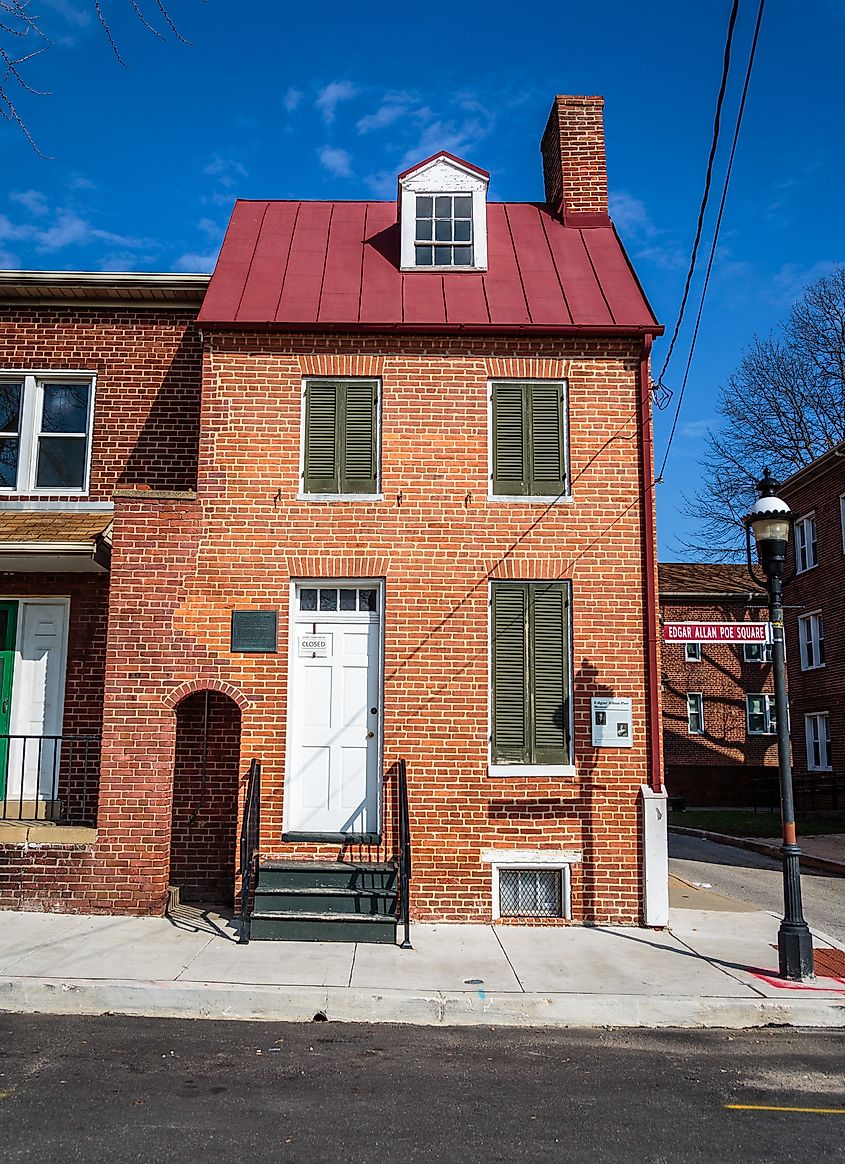
While Edgar Allan Poe’s stories were often set in dark, atmospheric locations, Baltimore, Maryland, serves as the real-life backdrop for many of his most famous tales. Poe spent much of his life in the city, and his experiences there influenced his work, including The Fall of the House of Usher (1839), a gothic horror story about a decaying mansion and the descent into madness of its inhabitants.
Baltimore’s eerie, foggy streets and its proximity to the water provide the perfect setting for Poe’s tales of death, despair, and the supernatural. The crumbling buildings and somber atmosphere of the city in the 19th century are reflected in the decaying family home in The Fall of the House of Usher, which symbolizes the mental and physical decline of the characters.
Visitors to Baltimore can explore the Edgar Allan Poe House and Museum, which preserves the home where Poe lived during his time in the city. The nearby Westminster Hall and Burying Ground, where Poe is buried, provides an atmospheric setting for those looking to connect with the writer’s macabre legacy.
The Adirondacks, New York – James Fenimore Cooper’s The Last of the Mohicans

James Fenimore Cooper’s The Last of the Mohicans (1826), a novel set during the French and Indian War, transports readers to the wild, untamed forests of the American frontier. The novel’s setting is heavily influenced by Cooper’s own experiences in the Adirondack Mountains of New York, where he spent much of his youth.
The Adirondacks, with their dense forests, rugged terrain, and serene lakes, are the perfect backdrop for Cooper’s tale of adventure, survival, and the complex relationships between Native American tribes and European settlers. The novel’s depiction of the natural world and the deep connection between the characters and the land reflects Cooper’s love for the Adirondacks, a region he considered to be both beautiful and wild.
Visitors to the Adirondacks can explore the landscape that inspired Cooper’s writing by hiking through the mountains, visiting historic sites such as Fort William Henry, and touring the James Fenimore Cooper House in Cooperstown, a town named after the author himself. The area offers a chance to step back in time and experience the world that Cooper’s characters inhabited.
The Enduring Power of Place in American Literature

These six towns represent just a fraction of the countless locations across America that have inspired some of the nation’s most beloved novels. From the misty streets of Baltimore to the sun-drenched banks of the Mississippi River, these places continue to captivate readers and travelers, offering a unique opportunity to connect with the worlds created by America’s greatest literary minds.
Whether through the haunting landscapes of Poe’s gothic tales or the grand sweep of history in Twain’s riverbound adventures, the towns that inspired these famous novels offer a deep, immersive experience that celebrates the power of place in shaping the stories that define American literature.



